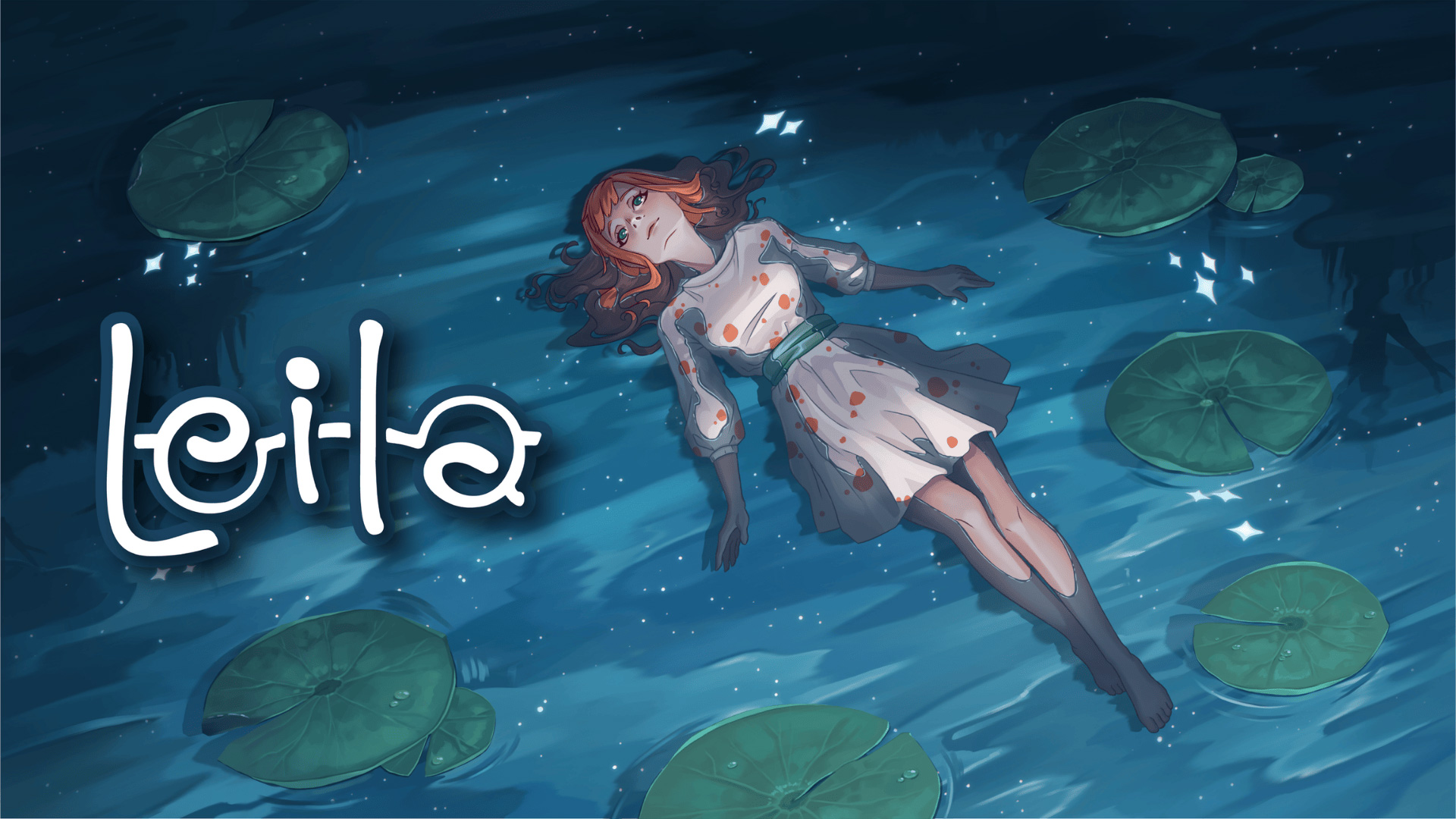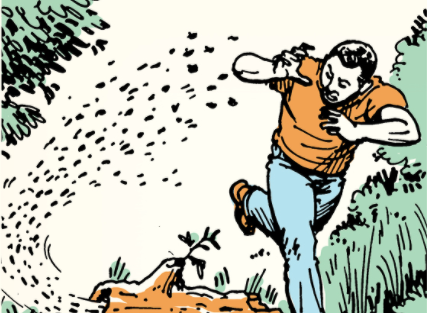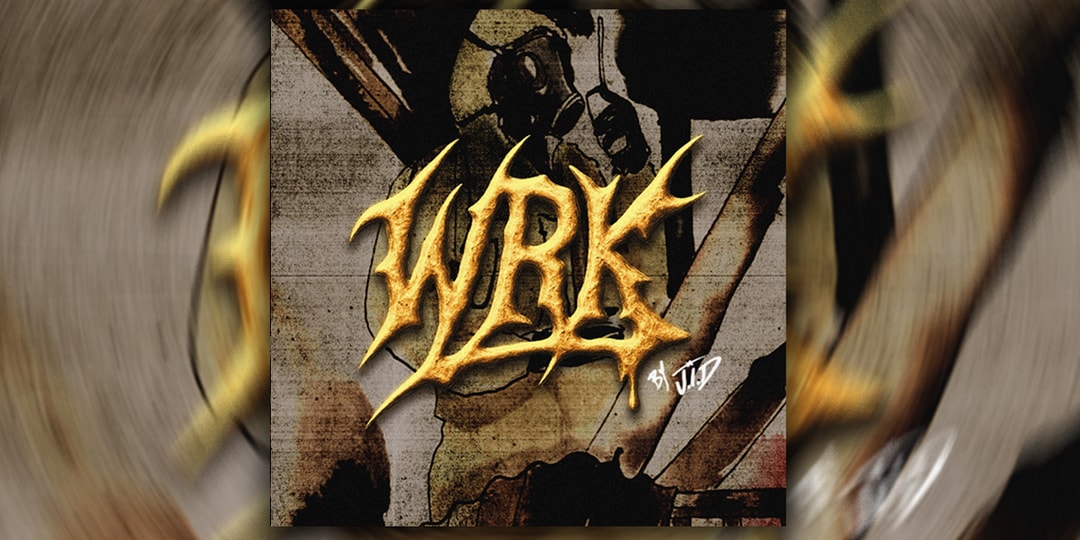What Counts as a Real Dire Wolf? Unpacking the Big Debate
It is an image that rocked the internet, from online scientific publications to pop culture websites like our own. An animal that Colossal Biosciences (and for that matter the cover of Time magazine) declared to be a dire wolf is now a snow-white puppy with huge feet and olive eyes—and it’s howling. According to Ben […] The post What Counts as a Real Dire Wolf? Unpacking the Big Debate appeared first on Den of Geek.
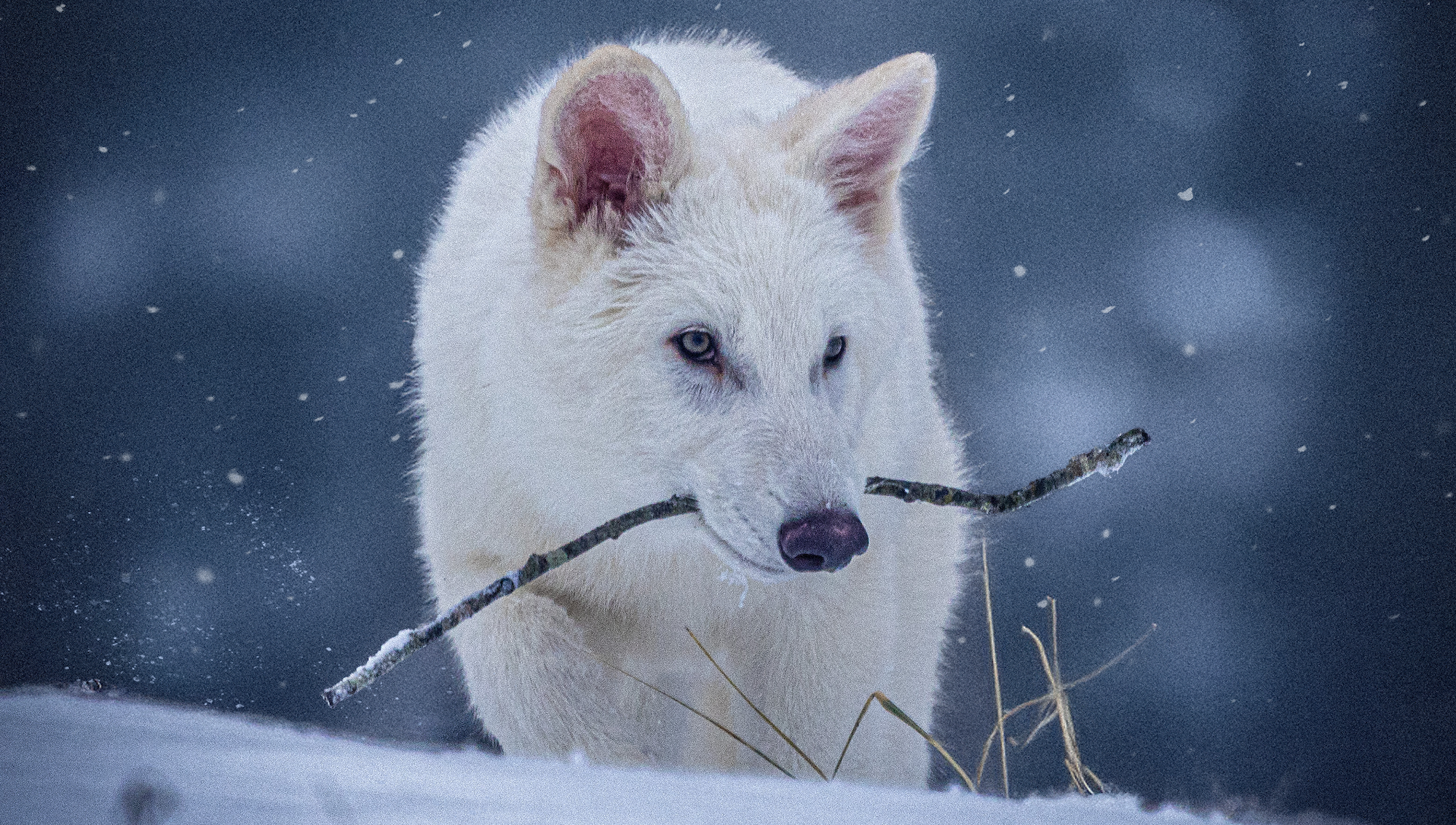
It is an image that rocked the internet, from online scientific publications to pop culture websites like our own. An animal that Colossal Biosciences (and for that matter the cover of Time magazine) declared to be a dire wolf is now a snow-white puppy with huge feet and olive eyes—and it’s howling. According to Ben Lamm, the CEO and co-founder of Colossal, the sight even brought investor Peter Jackson to tears. After all, this is the first time anyone’s heard a dire wolf cry in about 10,000 years, right? Now after so much time, the Pleistocene predator is back.
The sheer audacity of such a broad assertion is also why some are applying intense, if not occasionally hostile, skepticism toward the idea. For while the headlines emphasize the scientific marvel of the creation of three wolves named Romulus, Remus, and Khaleesi, via what Colossal champions as de-extinction innovations, a closer look at the science adds an important caveat: Colossal is pursuing what it calls “functional de-extinction.”
As per the Dallas-based biotech company’s website, functional de-extinction is “the process of generating an organism that both resembles and is genetically similar to an extinct species by resurrecting its lost lineage of core genes; engineering natural resistances; and enhancing adaptability that will allow it to thrive in today’s environment of climate change, dwindling resources, disease and human interference.”
The difference between directly cloning dire wolf DNA—which is functionally impossible at the moment without a living cell—and genetically engineering the DNA of a living creature to match the genome of its extinct, distant relative is a fine, fine line. However, if Colossal’s assertions stand up to peer review, then they were successful in at least the first goal of their stated mission: generating an organism that both resembles and is genetically similar to an extinct species.
While the company’s scientists prepare a paper explaining their results, it currently seems they were able to extract historic genetic detail about the dire wolf by pulling ancient DNA from a 13,000-year-old dire wolf tooth discovered in Ohio and a 72,000-year-old skull in Idaho. This would also mark the first successful sequencing of a dire wolf’s genome.
Furthermore, Colossal was able to create the embryos that became their three wolves by successfully editing 20 genes found in a gray wolf to match those Colossal identified as divergent between the dire wolf and gray wolf—which are otherwise more than 99 percent identical. However, even then only 15 of Colossal’s multiplex gene edits are an exact match with the ancient dire wolf; the other five are similar mutations found in modern gray wolves and dogs, because the exact mutations discovered in Colossal’s reconstructed dire wolf genome could reportedly cause blindness and deafness in a gray wolf, whose cells are still the basis for Colossal’s breakthrough.
These finer details is what has caused many to be acutely suspicious of calling Romulus, Remus, and Khaleesi dire wolves. University of Maine paleoecologist Jacquelyn Gill posted on Bluesky, “Making genetically modified animals that are cosplaying as extinct species is not de-extinction… They are selling you de-extinction but are creating genetically modified animals with some traits of an unrelated extinct species.”
Meanwhile even scientists more receptive to the possibilities presented by Colossal’s research are wary of calling these three animals full-on dire wolves. In an interview with the New York Times, Cornell University geneticist Adam Boyko expressed enthusiasm toward learning something about ancient dire wolves from observing Romulus, Remus, and Khaleesi—for instance discovering that dire wolves were not only all-white but featured thick manes around their necks and a fox-like tail—but still would not consider them truly resurrected versions of the extinct species. How many other genes, Boyko speculated, in a species that walked the earth for more than a hundred thousand years could there be differentiating ancient dire wolves from modern gray wolves? ““We don’t know what that number is. It could be 20 or it could be 2,000.”
Ironically for a company whose research has invited plenty of comparisons to Michael Crichton’s Jurassic Park—including by us—this debate resembles a crucial detail that the notoriously cynical author buried in his book, and which noted showman Steven Spielberg left out of the more famous 1993 film adaptation.
In the novel, the head of Jurassic Park’s laboratory, which brought back dinosaurs via blood preserved by mosquitos frozen in amber, muses to himself that what they created are not actually dinosaurs. They used the genetic code of modern-day amphibians to fill in gaps in dinosaur genomes. They also reengineered the creatures to attempt to make them more docile. “I don’t think we should kid ourselves,” the character finally says. “We haven’t recreated the past here. The past is gone; it can never be recreated. What we’ve done here is reconstruct the past—or at least a version of the past.”
It’s a timely comparison to the basic idea of the de-extinction project, and one which we raised with Colossal head Lamm the first time we interviewed him at SXSW when discussing their breakthrough with woolly mice. To be clear, Colossal is not filling in gaps of genetic code with modern animals like the dinosaurs in Crichton’s Jurassic Park. With their dire wolves they manipulated a modern genetic code that was similar to the dire wolf to be what it claims is a full-on or near-enough match. (Additionally, Lamm has assured us that there is no way to bring back a dinosaur, despite what imaginative authors say about amber and mosquitos.)
Yet while discussing the company’s stated goal to functionally de-extinct the woolly mammoth by 2028 through the use of Asian elephant DNA, Lamm made an argument to us that seems prescient to the current one over Colossal’s dire wolves.
“I think it’s important that people understand the difference between what’s possible and what’s not,” Lamm said at the time regarding the woolly mammoth project and the difference between functional de-extinction and cloning a living cell. But he went on to compare the debate to a person who learned on 23andMe that they have Neanderthal DNA in their ancestry. Indeed, non-African humans can have anywhere between one and four percent Neanderthal DNA in their genetics (it is closer to zero percent among African populations).
“Would you say that you’re a hybrid or do you say you’re a Neanderthal-hybrid with Homo sapien, or do you say that you’re an evolved Neanderthal, because they did come first, or do you say that you’re a Homo sapien?” Lamm argued. The biotech entrepreneur also pointed out that humans love classifying, quantifying, and compartmentalizing data with clear lines, but compares de-extinction technology to the evolutionary process of speciation, which in nature can occur over tens of thousands of years.
“Speciation is more like a river,” Lamm said. “All of these species evolve from each other, and we’re all hybrids of a hybrid of a hybrid. So I wouldn’t say it’s correct to classify our mammoth as an Asian elephant or hybrid… It isn’t a cold-adapted or allele-adapted Asian elephant, which is what some people love to say about our work. We think that if it solves the functional aspects of a mammoth, if it has ancient DNA from a mammoth, and if it has the lost genes to a mammoth, we just call that a mammoth. If people want to call it ‘mammoth 2.0,’ they can. Or if people want to say 40 words to describe it, they can too.”
Lamm would likely make the same argument about the three snow-white wolves his company created, two of which are already the same size or bigger than modern gray wolves despite not even being halfway grown to adulthood. Whether that counts as a dire wolf really seems to come down to what your definition of a dire wolf might be, and folks far more learned, and with the PhDs to prove it, will assuredly argue that point for many years to come as we step further into a future where the possibilities of biotechnology are only beginning to be unlocked.
With that said, whatever you are wont to call Romulus, Remus, and Khaleesi, they do provide a fascinating window into better understanding the original dire wolves. Already their mere existence has revealed hitherto unknown secrets about the ancient creature’s appearance and fur. There is opportunity in this. Perhaps more functionally important though is that their existence also acts as a kind of neon-lit billboard for how such technology can be used to save currently endangered species.
Buried beneath all the headlines, including the one at the top of this article, is that Colossal also used the same research that created their dire wolves to successfully clone four red wolves through a combination of extracting red wolf DNA from coyote-wolf hybrids found in the North American southeast, as well as an ancient and, until now, dead line of red wolf DNA.
“If [the U.S. government wants] me to make a thousand red wolves that are genetically diverse, we could do that for them,” Lamm said. “We’ll make all of our technologies available for free for conservation. It’s part of our mandate.”
If biodiversity can be restored to a species humans have hunted to the point where there are only between an estimated 17 and 19 red wolves left in the wild, that might be the real miracle of this technology.
The post What Counts as a Real Dire Wolf? Unpacking the Big Debate appeared first on Den of Geek.






![‘The Amityville Horror’ Represents the Best & Worst of the Aughts Remake Trend [Murder Made Fiction Podcast]](https://bloody-disgusting.com/wp-content/uploads/2025/04/MV5BMjQ3MDE4MzUwM15BMl5BanBnXkFtZTgwMzMzMjA5MzI@._V1_.jpg)













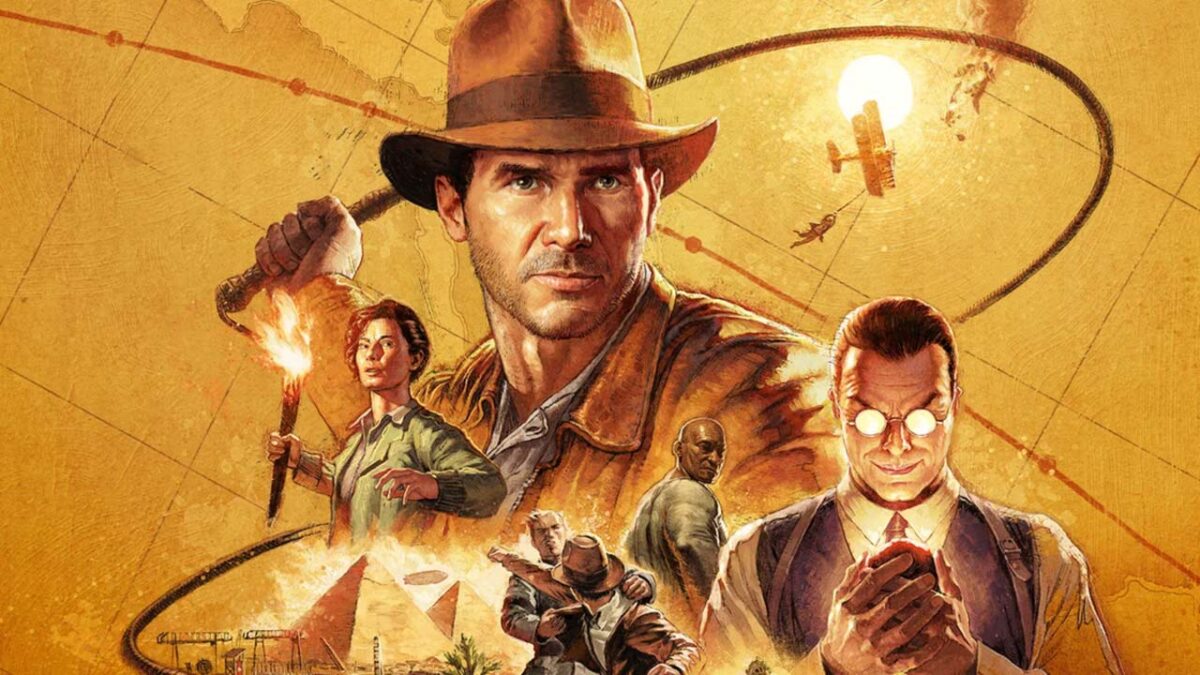





























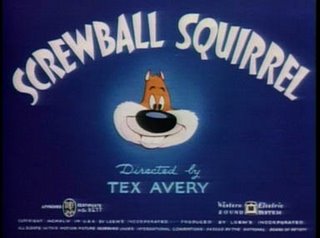




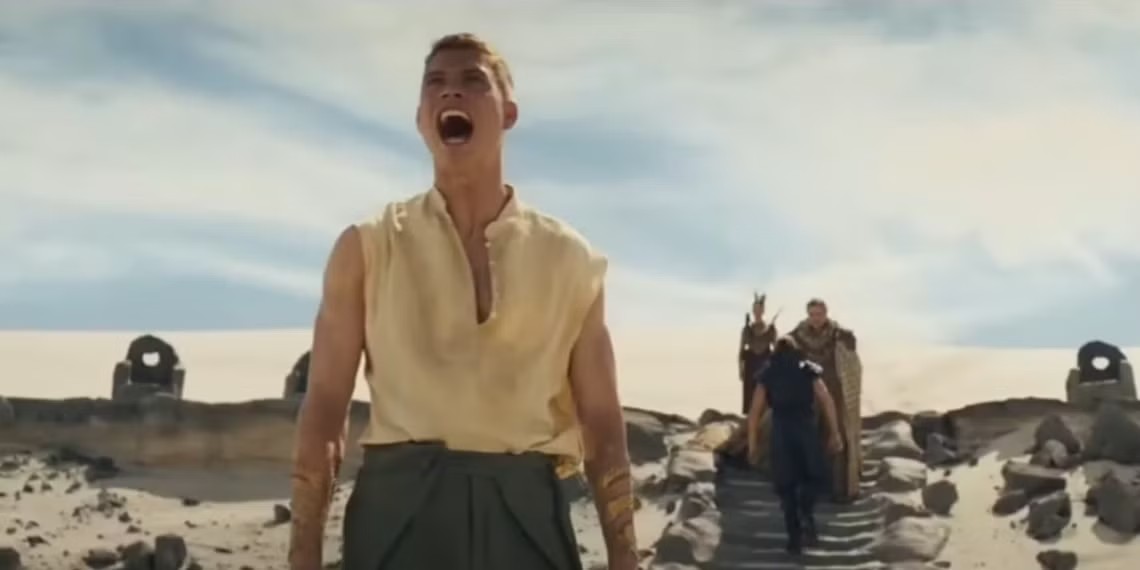




























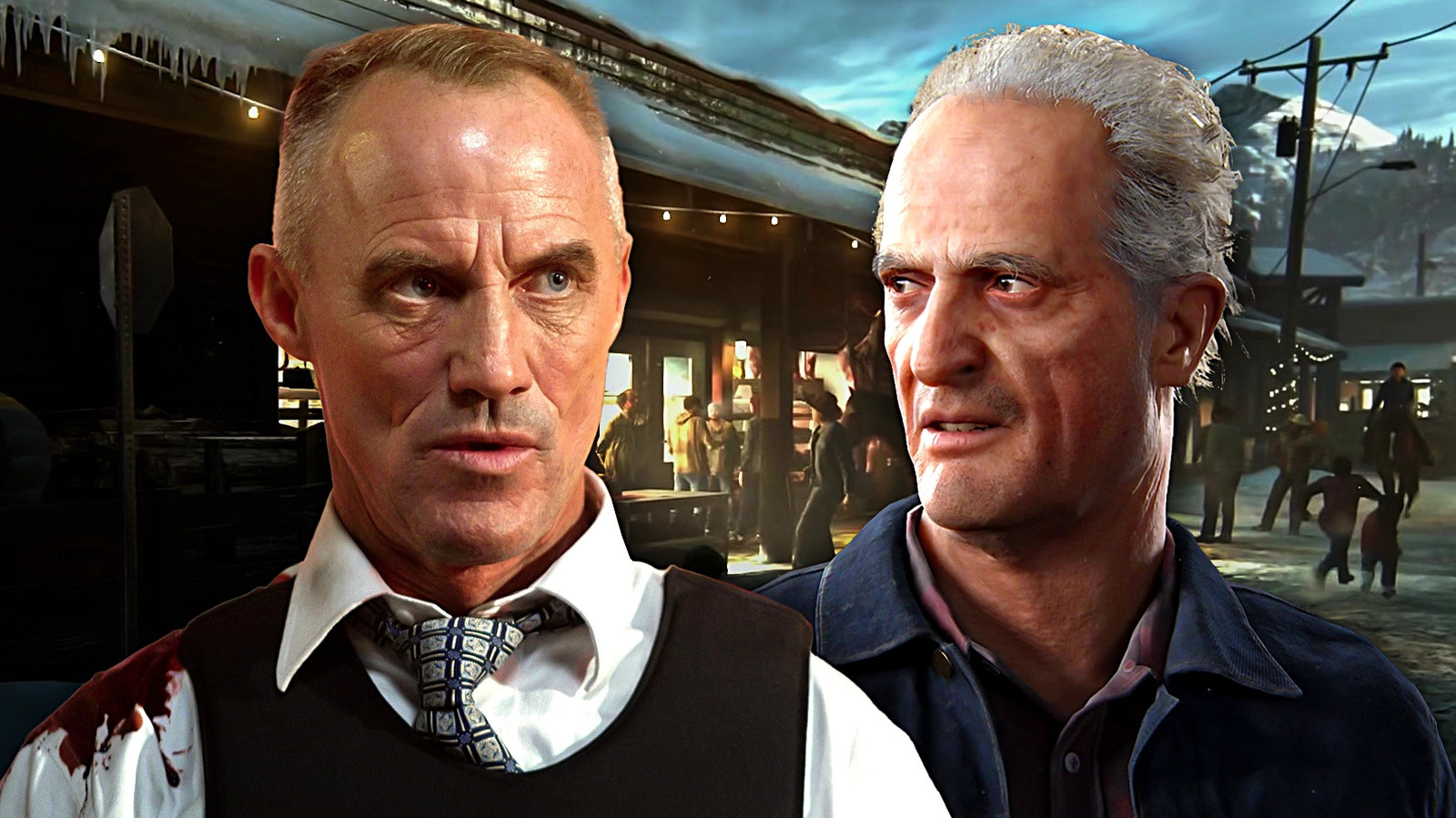





































































































































![“You’re Driving Too Slowly”: Delhi ATC Snaps At American Airlines Pilot, Sends Flight To Penalty Box [Roundup]](https://viewfromthewing.com/wp-content/uploads/2025/04/pilot-in-american-airlines-787-9-cockpit.jpg?#)

















































